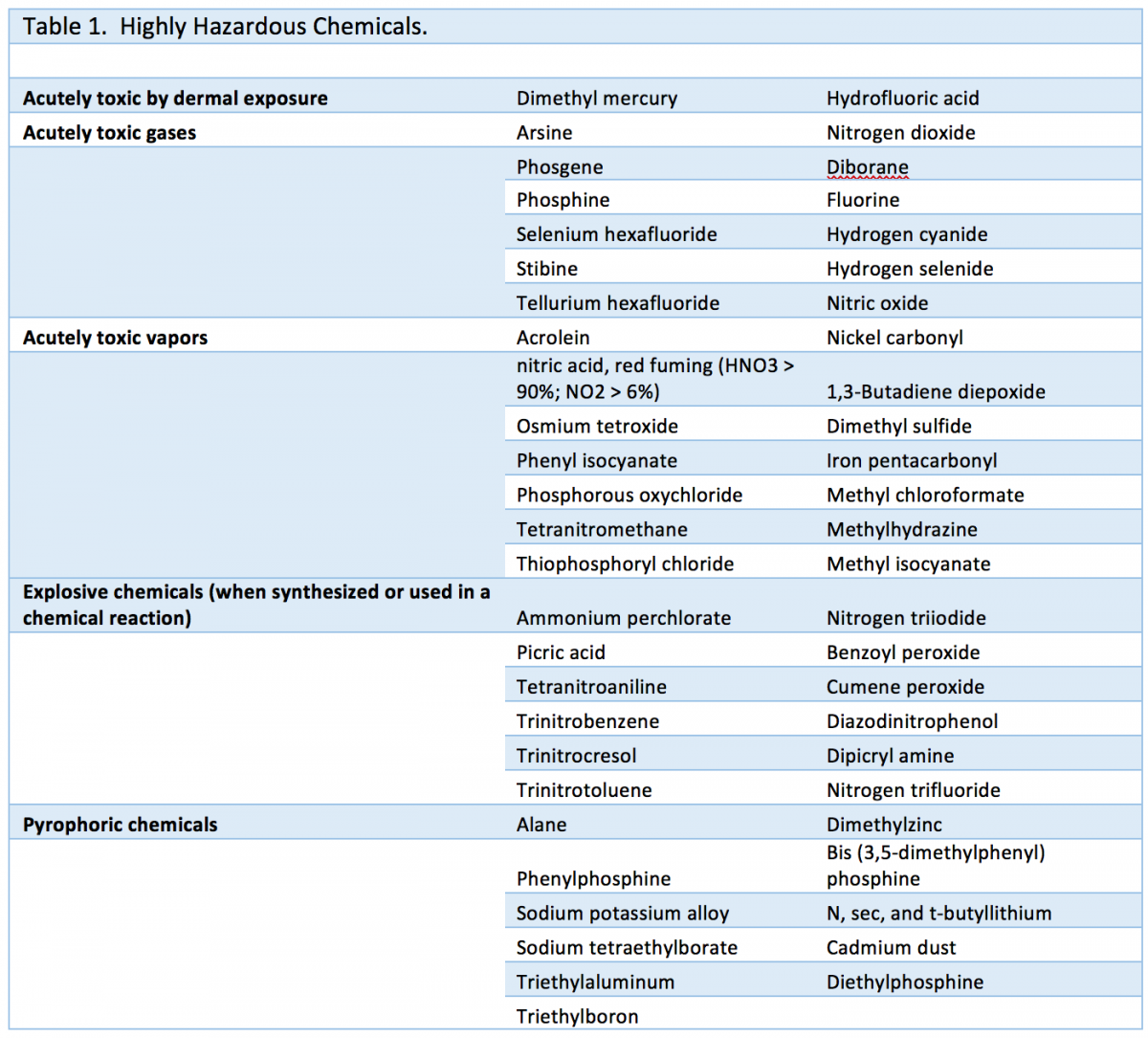![]() Completing your Chemical Registration is the final step in BioRAFT for all laboratories using highly hazardous chemicals. If your lab has Highly Hazardous Chemicals (HHC), you need to complete the HHC Survey and update personnel handling these chemicals in your laboratory.
Completing your Chemical Registration is the final step in BioRAFT for all laboratories using highly hazardous chemicals. If your lab has Highly Hazardous Chemicals (HHC), you need to complete the HHC Survey and update personnel handling these chemicals in your laboratory.
A special feature of the BioRAFT platform is the option of having a chemical inventory. Labs can have their inventory uploaded into the lab’s profile on BioRAFT by sending the Excel file to CSP@emory.edu. After upload, the inventory can be managed electronically.
Completing the BioRAFT Chemical Registration and uploading your chemical inventory will assist in identifying Highly Hazardous Chemicals present in your laboratory. It will also help EHSO’s efforts in providing safety guidance to prevent accidents and exposures involving HHC.
How to complete your Chemical Registration?: Log into BioRAFT (https://emory.bioraft.com) using your Emory credentials:
- Click on the “Chem Tab” at the top
- Complete Haz Chem Registration Wizard
- Add the Highly Hazardous Chemicals in your lab, or send your lab’s chemical inventory to: CSP@emory.edu
- Click “Certify”
How to get your inventory uploaded into BioRAFT?
- Labs can add each chemical in their inventory or send a copy of the laboratory’s chemical inventory (Excel file format) to CSP@emory.edu.
- If you send your inventory via email, EHSO will work with BioRAFT to upload the inventory to your profile.
- This can save you time because entry of individual chemicals will not be necessary
Here are some examples of “Highly Hazardous Chemicals”:
The following table does not include all the HHC, but it represents the types of hazards that these chemicals may present to research staff.

https://www.osha.gov/pls/oshaweb/owadisp.show_document?p_table=STANDARDS&p_id=9761
Table Reference: Ben Owens, Development of a policy to improve oversight of extremely hazardous chemicals, Journal of Chemical Health and Safety, Volume 21, Issue 3, May–June 2014, Pages 2-7, ISSN 1871-5532, http://dx.doi.org/10.1016/j.jchas.2013.11.004.
Leave a Reply